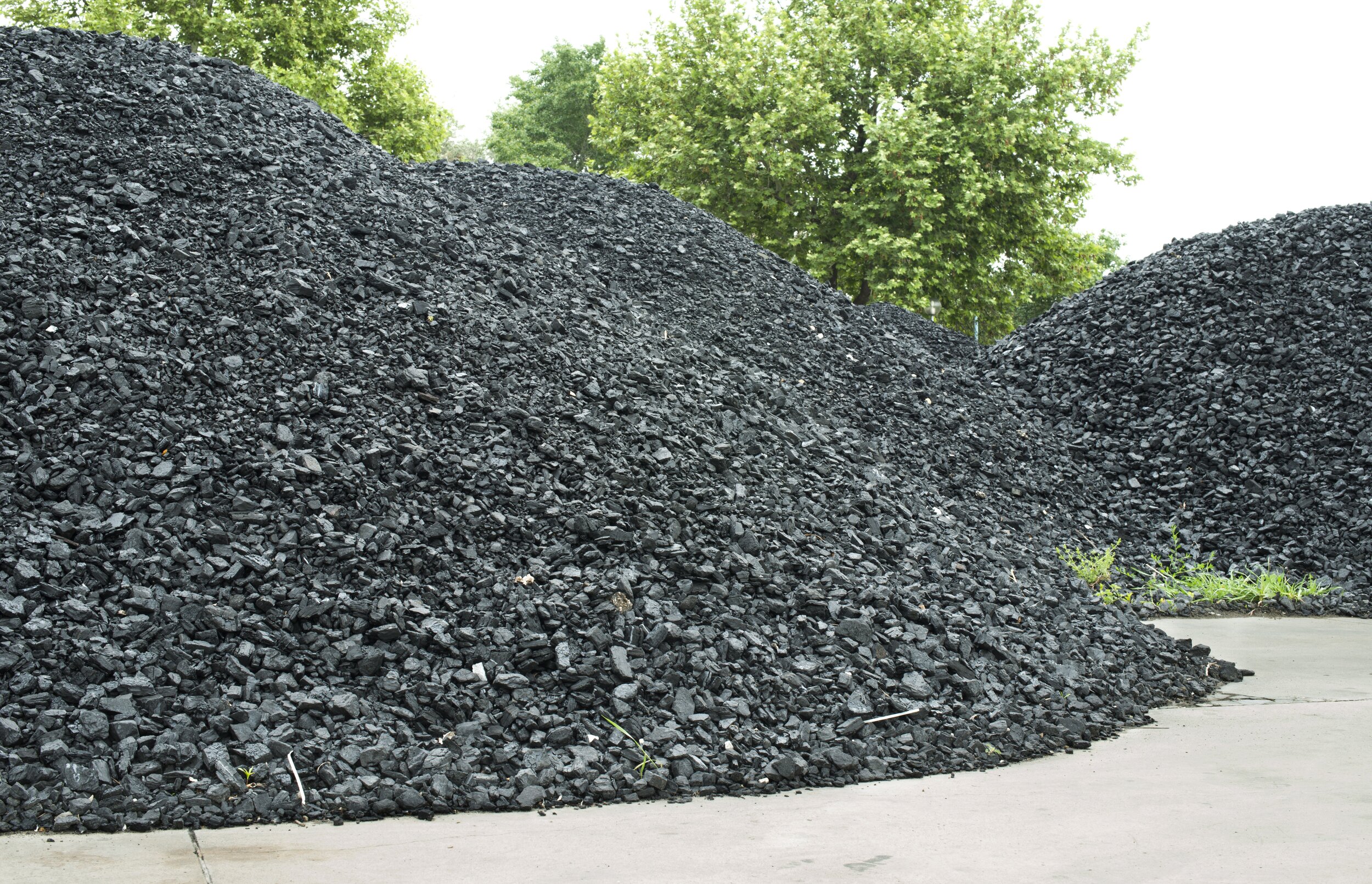Japanese gardens are tranquil and beautiful. Whether you are about to remodel an entire landscape into a serene zen garden or just create a quiet corner where the homeowners can unplug from the world, here are tips for creating a Japanese inspired garden in Ulster County, NY, by using materials from our landscape nursery.
Related: CONSIDER THESE LANDSCAPE MATERIALS FOR YOUR WATER FEATURES IN SUSSEX COUNTY, NJ
Pave the Way
A stepping stone garden can lead to a smaller Japanese inspired garden, or be a central part of it. You may find that it’s important to use irregular stepping stones for this purpose: rounded on the edges (to avoid stubbing your toe should you walk barefoot), flat on the top, and featuring their own unique characteristics. Natural stepping stones control the speed at which people move through the space, to make the experience more relaxed and contemplative. Avoid using cut flagstone with jagged edges. If suitably rounded stones are not an option, then you could plant moss or other low ground cover between the stepping stones, and allow the plants to grow over the stones to hide their rough edges.
Create Open Spaces With a Focal PointThe philosophy behind this style of garden is “less is more.” Japanese gardens have both movement and stillness, which is expressed through precise placement of elements and leaving plenty of open space between elements for the movement of air, people, or water. You can achieve a sense of simple tranquility when every inch isn’t taken up by “something.” A focal point can be an interesting landscape boulder covered in lichen, a serene fountain, a lantern, or a sculpture.
Use a Simple Color Palette
Green tends to the dominant color in a Japanese garden. It offers a natural and soothing quality. A relatively monochromatic color scheme allows you to focus on the textures and shapes of individual elements. You can certainly have more color in a Japanese style garden, but it is isolated: for example, you could strategically install plants so that there is only one flowering plant at a time. When it comes to inorganic materials, you probably want to stick to a color theme here too: for example, recommend using only gray stepping stones or pavers.
Allow Patina to Develop
You could avoid using sealed pavers or frequently staining wood (unless weathering causes functional or safety problems). Let things develop a patina—which is a gift that only time can give. Unsealed natural stone may be best in a Japanese style garden, because there is nothing to prevent moss or lichen from growing on it.
Go Bold with Boulders
Boulders as focal points can replace man-made sculptures as items of interest. Orient special boulders precisely so that their “face” is pointing where it will be seen.
Pay Attention to the Details
A “dry garden” or area filled with gravel, is a quintessential part of a Japanese garden. Whether it’s large or petite, this space is a constant source of enjoyment as patterns are raked into the sand and these patterns are changed from time to time to keep the garden feeling fresh. Decomposed granite can be ideal because it holds sharp rake lines (rather than tumbling back on itself, like sand). This space will require frequent raking and cleaning to keep its clean look (free of leaves and debris).
Add a Water Feature
The final touch to the perfect Japanese garden is water. This can mean a reflecting pool or a bubbling fountain, depending on whether stillness or movement is preferred.
Related: ACHIEVE YEAR-ROUND COLOR IN BERGEN COUNTY, NJ, WITH PLANTS FROM OUR WHOLESALE NURSERY


